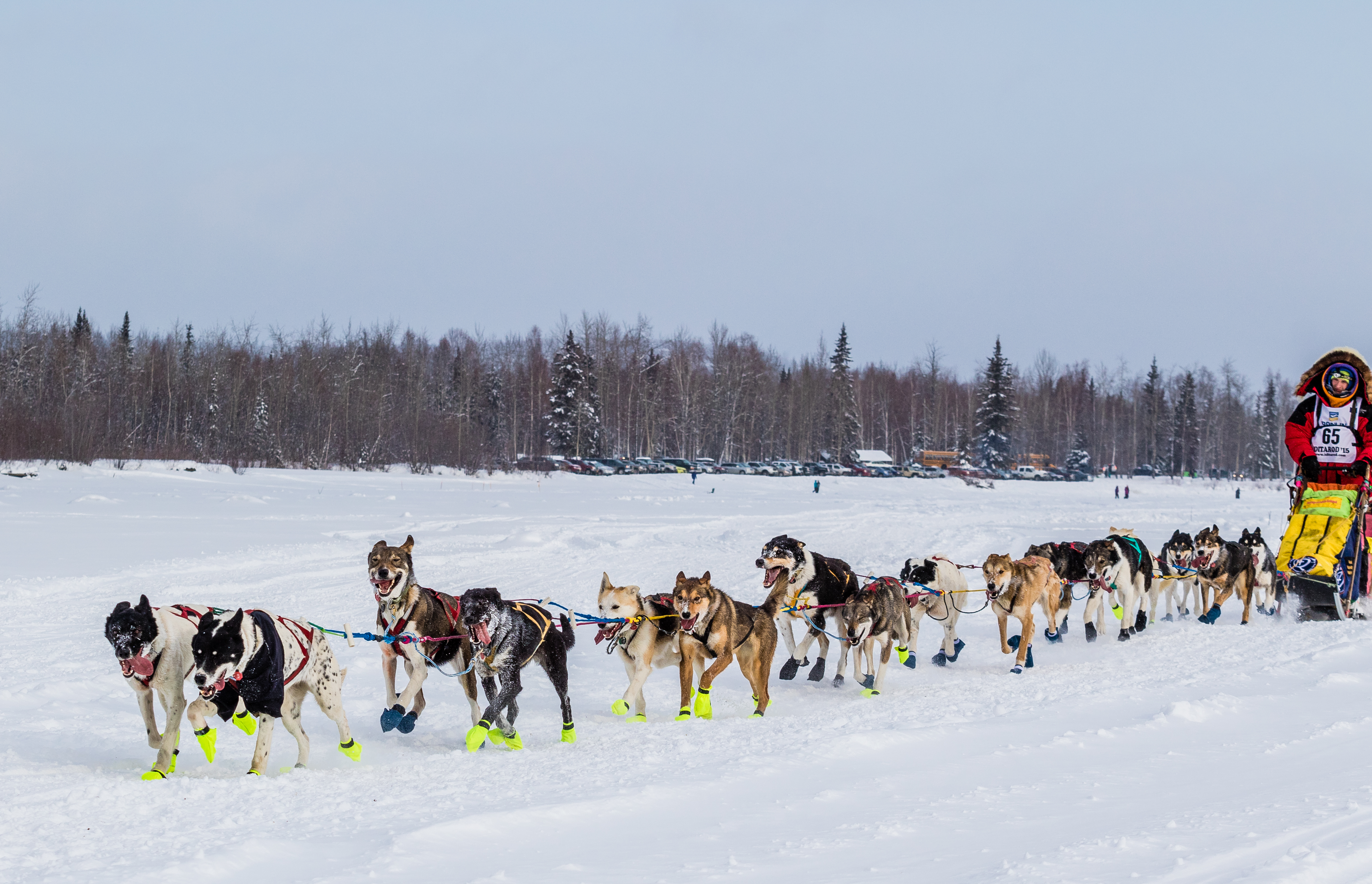You may have heard that no one can affect your thoughts on a situation or event…unless you let them.
But that’s only empowering so far as you know how to secure a positive mindset, one that sees clearly, evaluate honestly, and can problem solve for success.
If a proper mindset helps separate the tenacious competitors from the casual competitors, how do we plot the right path to victory?
Here are 4 mental disciplines to practice every day that will keep you focused and moving forward with a Winner’s Mindset.
1. Check Your Pack
If a dog on the Iditarod trail is getting sick, tired, or injured, the musher has to catch the problem early or risk losing the dog—as well as the race.
It might look tough to push through.
It might look tenacious to pass the rest-stop.
But they risk losing more than time if they don’t check their pack when problems arise.
Your thoughts are like your dog pack. They pull the sled. (They can also derail it.)
Check them early; check them consistently!
When you are in the middle of an obstacle, pause and ask yourself “What am I thinking about this situation?”
It may seem silly—to think about what you’re thinking about. But the purpose of the exercise is to give you momentary pause to “check your pack.”
It will interrupt your anxieties or opinions about the situation and allow you to evaluate more clearly: Are they the right thoughts? Are they true thoughts?
You’ll be surprised at how many misconceptions slip in to throw off your whole day.

2. Keep a Light Sled
Keeping the sled light means I don’t over-pile it with negative self-talk—otherwise that weighty sled will start slipping down the slope.
I have the most trouble with my mental game whenever I find myself connecting unrelated events of the past to my present mom. Faced with an obstacle or failure, I immediately start to fight thoughts tying every other failure in my life to this situation.
If the thoughts are spiraling you into rehearsing all previous failures and short-comings—STOP THE RUN-AWAY SLED.
IF (and it’s a big if) you discover some bad patterns or choices that do connect some repetitive obstacles—then work to identify the pattern. Lighten the load by choosing an opportunity to grow instead of dooming yourself to repetition.
Identify the pattern and work to correct that pattern.
Your “lot in life” is not to ALWAYS be the losing sled.
Start owning the mindset that you can win—even if you’ve never won before—there is always a first!

3. Evolve the Trail
If you remember, the Evolve stage is where we look at the lessons learned, understand the needed course corrections, and immediately work to implement the changes into our daily running.
John C. Maxwell has an incredible book called Failing Forward and it one that I recommend to all leaders.
One of the take-aways from this book is that when people fail they usually hold onto the emotional pain of the failure instead of the lesson that they could have learned.
He goes on to counsel that we should forget the emotional hit from the failure and work to remember what the failure will teach us.
This has led to an internal mantra for me that echoes “Learn the lesson; forget the pain.”
Of course, that’s easier said than done. And this doesn’t mean that we don’t remember the hit—we just don’t allow it to become emotional baggage that weighs us down.
(Remember point # 2–keep the sled light!)
I am a firm believer in pain being one of the chief teachers in life. We want to avoid the pain, so we don’t do whatever action caused us the pain last time.
It doesn’t mean we choose not to race again.
It means we improve—we get better and we try not to make the same mistake twice.
4. The Winner’s Mindset
In order to change the outcome we have to change our actions. In order to change our actions – we have to change our thoughts and beliefs.
Identify the best and brightest and don’t be afraid to copy some of their awesome!
Ask: What would the top competitors be thinking in this same situation?
Consistently identifying the best practices of proven success stories can lead you to elevated thinking, action, and outcomes.
But the first step is to take ownership of this area (your thoughts are your thoughts). Remember: a thought cannot be removed—it can only be replaced with another thought.
Whether that thought is good or whether that thought is self-defeating is up to you.
Choose with me to “Own” the winning mindset today!







